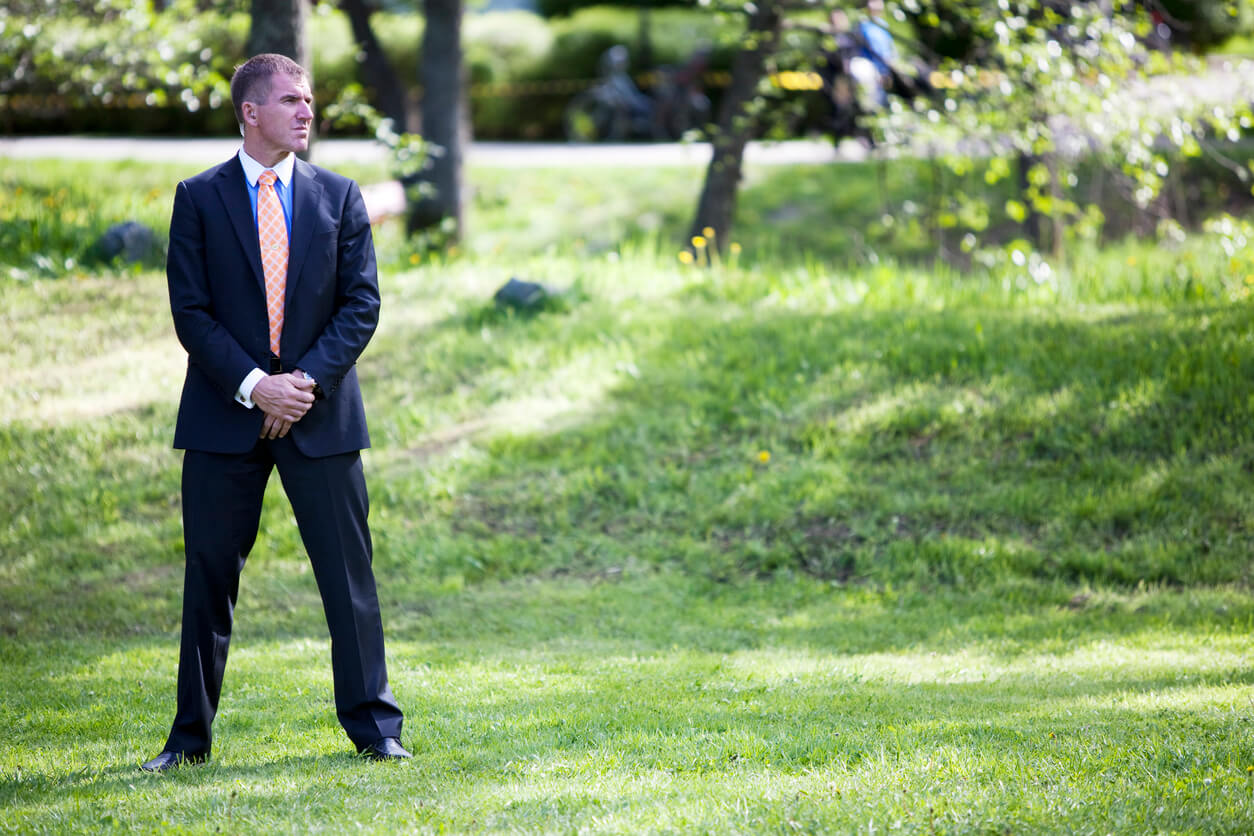Difference Between the Bodyguard and Close Protection Role
By ASSET Security Trainer, Rebecca Hanckel
The term bodyguard is well known and popularised through films and media, often glorified and associated with celebrity lifestyles. Close protection is often a lesser-used term, and not as obvious as to what the role entails.
Both roles refer to providing security and personal protection to individuals and focus on safeguarding those at risk due to their high-profile status, occupation, or personal circumstances.
Close protection is a comprehensive security discipline, also referred to as executive protection.
It is a broader and more comprehensive term that encompasses the overall security measures taken to protect a person or a group of individuals. It involves a systematic and proactive approach to security, including threat assessments, risk analysis, advanced planning, and coordination for security measures. Close protection may involve a team of security professionals working together to ensure the safety of a principal (the person being protected).
A close protection team conducts evaluations on potential risks and vulnerabilities and analyses factors such as the principal’s public visibility, travel patterns, social media presence, and any known or potential threats against them. This risk assessment forms the foundation of the close protection plan.
The close protection plan includes strategies to mitigate identified risks, security protocols, and emergency response procedures. The primary objective is to create a secure environment for the principal, allowing them to go about their daily activities with minimal disruption while minimizing exposure to potential threats.
Close protection also involves advanced planning, for specific events or travel. This planning includes venue assessments, route mapping, and coordination with local authorities and security personnel. The close protection team works together to execute the plan seamlessly, always ensuring the principal’s safety, and meeting the needs and expectations of the principal.
Bodyguarding on the other hand, is a specific and specialised aspect of close protection.
It refers to the physical protection provided by an individual or a team of bodyguards to the principal.
Bodyguards are responsible for the immediate protection of the principal, which may include close physical proximity, personal escort, and responding to any security threats in real time. The term ‘bodyguard’ often implies a more hands-on role, physical role, with a primary focus on direct protection and defense of the principal.
Bodyguards require a high level of physical fitness, situational awareness, and defensive tactics training. Bodyguards are trained to detect potential threats, assess risks in real-time, and respond swiftly and decisively to protect the principal from harm or embarrassment. They must have high level of communication skills and be able to adapt quickly to their principal’s needs and wants.
A bodyguard’s responsibilities may include forming a protective perimeter around the principal, screening and vetting individuals before they approach, and maintaining constant vigilance during public appearances or travel.
They may be required to undertake tasks alongside their principal, such as accompanying them on their morning run, or being able to ski close to them whilst they are on holidays. Some high net worth individuals require protection for public events only, others require a bodyguard or team 24/7, including the protection at their place of residence.
The more a bodyguard can upskill themselves in areas a principal may be interested in, the more valuable they are. Learning the history of a place of interest, being able to converse on topics of interest to the principal, sharing an appreciation for their sports interests, or knowing the correct etiquette for a specific event, is essential for any bodyguard.
Similarly, the bodyguard often needs to blend into the environment, not to overshadow the principal, being close enough but not too close to the principal, at any one time. Bodyguarding is an art, and requires the ability to read both their principal, and the surrounding environment continuously.
Each principal has very specific needs and wants, and each protection task is completely different, depending on the types of threats to the principal, their itinerary, their personality and the type of protection task.
Unlike close protection, which involves a broader security strategy, bodyguarding is specifically focused on ensuring the principal’s’ physical safety and defense. The bodyguard is often the most visible and tangible component of the close protection team, directly interacting with the principal and taking immediate action when required. This could range from communicating itinerary changes to the team during the protection task, so adjustments can be made in real-time, through to physically removing the principal from a dangerous situation.
While close protection and bodyguarding are distinct in their roles, they are interconnected within the overall security framework. The number of people involved in a protection task is largely influenced by the budget allocated to the task, and the type of threat or reason for them engaging protection services.
In summary, close protection is the comprehensive security strategy that involve various measures to protect a person, whereas bodyguarding specifically refers to the physical protection provided by individuals or a team to the principal. Bodyguarding is just one component of the broader close protection team.
Interested in becoming a bodyguard? Contact us today.









